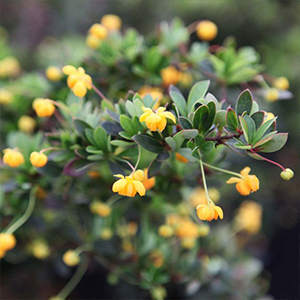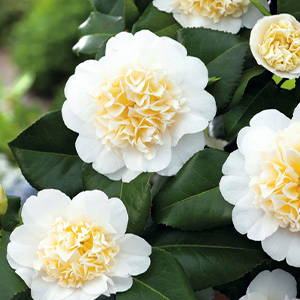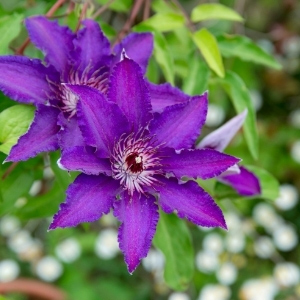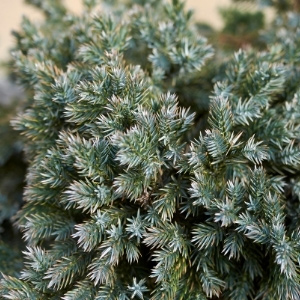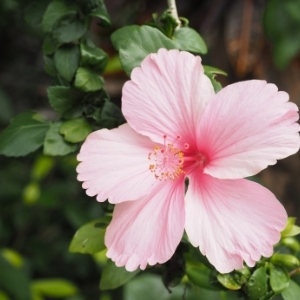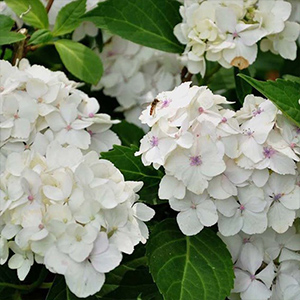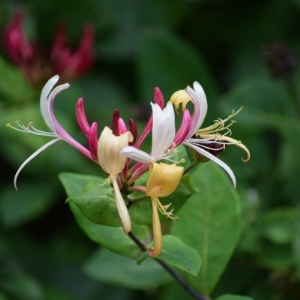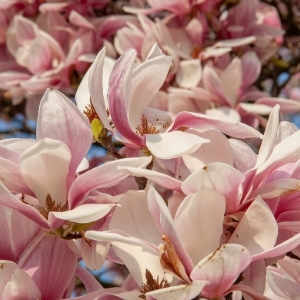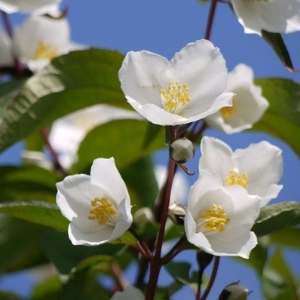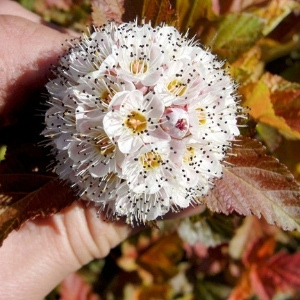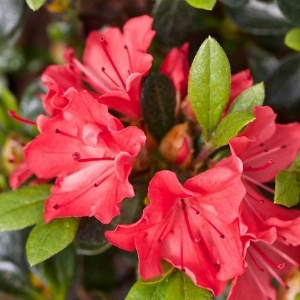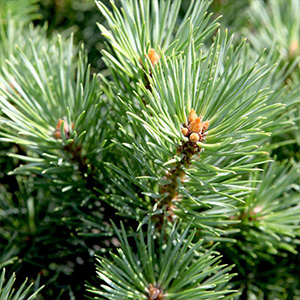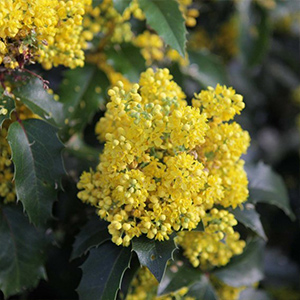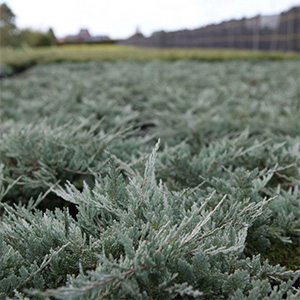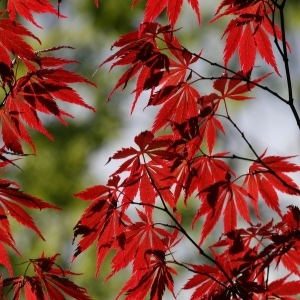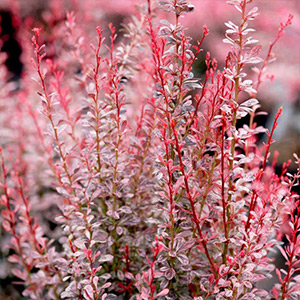Garden shrubs FAQs
Use shrubs to provide the garden with a backbone of heights, blooms and evergreen structure. Dobies’ range of flowering shrubs is the perfect place to find fragrance, winter blooms and popular summer favourites like hydrangeas. These sturdy plants provide the backdrop for herbaceous beds and borders, provide privacy in the garden and mask unsightly areas with evergreen foliage.
How to take a cutting from a shrub?
The best time to take a softwood cutting from a shrub is in spring. Choose a healthy looking tip, making sure it is from the current season's growth and without any developing flower buds or flowers. Use sharp, clean secateurs to cut the shoot roughly five leaves from the tip, above a leaf joint. Place your cuttings in a damp plastic bag until you’re ready to plant.
Remove the leaves from your cutting, leaving one at the top. Cut a large leaf, like on a hydrangea, in half using your secateurs to reduce water loss. Cut one centimetre below the last leaf joint, dust the cut with rooting hormone powder and push the cutting into a small pot filled with free draining compost. Place it somewhere warm and cover the pots with a plastic bag to keep it damp. Expect to see rooting within a few months.
When to prune shrubs
Prune your flowering shrubs in autumn. Regularly deadhead your flowering shrubs throughout spring and summer to encourage more flowering and keep them tidy. After flowering is over in autumn, reduce your shrubs using clean and sharp snips removing dead, diseased and dying branches first and prune them into a desirable shape.
Evergreen shrubs rarely need pruning. However, if you want to prune or shape your evergreens do so in spring, making careful cuts with clean, sharp secateurs. Aim to remove roughly one third of the older, woody growth. Use the new bushy spring growth from the current year to hide any unsightly cut ends.
How can I identify a shrub?
When you move into a new house and garden, it can be difficult to identify your new shrubs, especially if it’s winter and they’re not evergreen. It’s best to wait a whole season before replanting to see what comes into flower and leaf, and use these characteristics to identify your new shrubs. Mature shrubs can be pricey to replace so wait until summer to identify.
Take clear pictures of your mystery shrub’s leaves, and flowers if there are any, and upload them to google image search or use a plant identification app on your smartphone. Use features like whether the shrub is evergreen or deciduous, the shrub’s height and any flowers to narrow it down.

